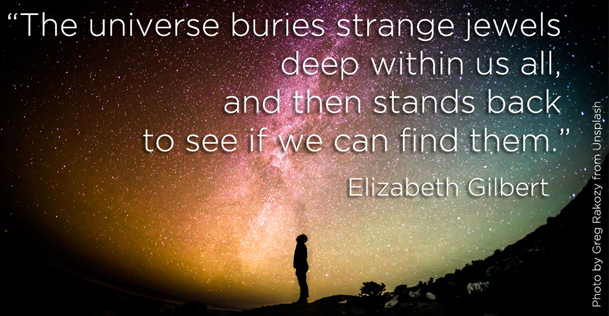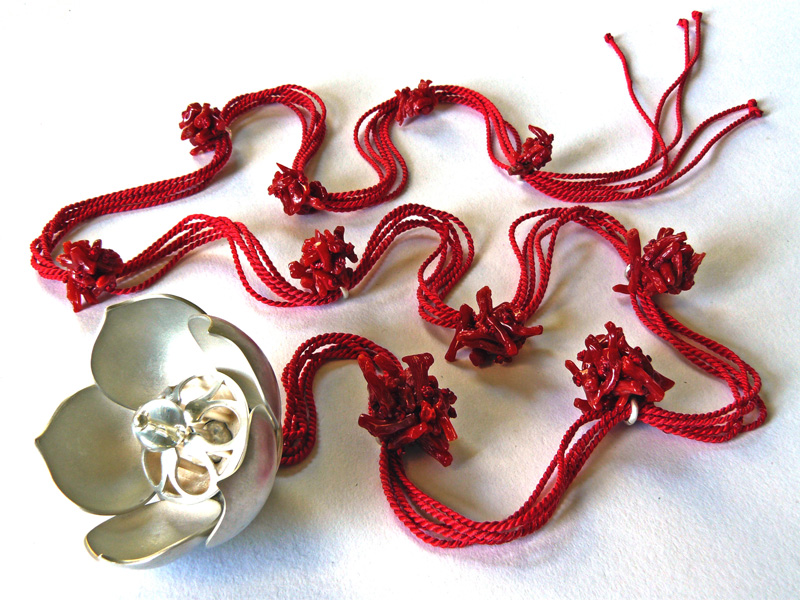Valentine, saint or sinner?
Half the population consider Valentine’s Day the most romantic day of the year and a great excuse for a night of indulgent dinner and loving each other up.
The other half of the population (the cynics & the single) consider it a load of commercial cr*p, with florists, jewellers (yep, guilty), restaurants and innumerable others vying for our Valentine dollars.
But why is some medieval saint still so popular?
He’s really the only one we take notice of anymore… who cares about St Catherine and her torture wheel, or St Ignatius being torn apart by lions?
And due to his reputation for love, where there’s Valentine’s Day there are hearts.
By this I mean the symbolic kind – though there’s certainly many a beating heart as well.
I’m quite enamoured of this organ… images of the real thing keep recurring in my artwork, for lots of non-Valentine reasons.
The heart is gloriously evocative, rich with magic symbolism – as well as being pretty damned impressive, since as long as we are alive it will faithfully beat its incessant rhythm about 100 000 times each day.
However, I have a more ambivalent attitude towards that famous symbol of the heart … (putting aside those votive images the Mexicans are famous for of hearts aflame).
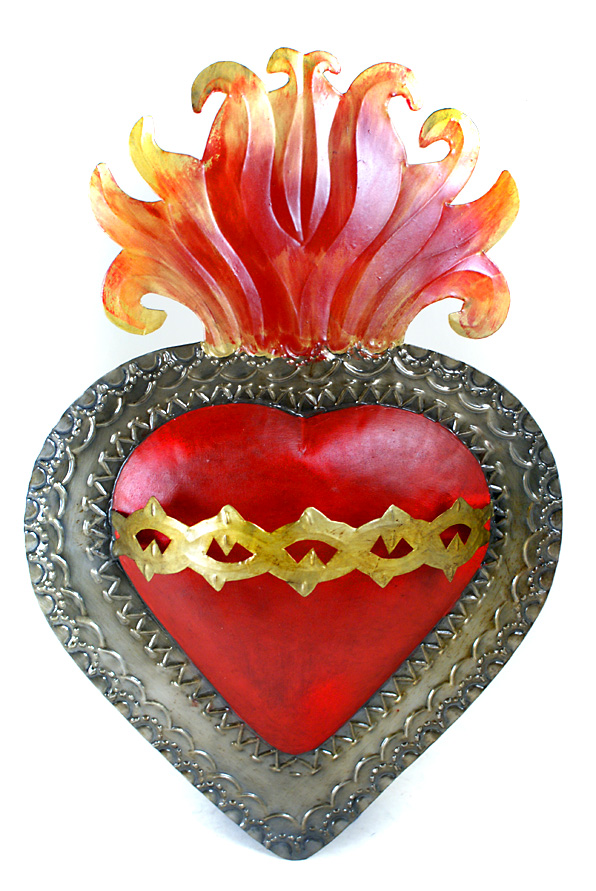
Well, right now there’s just way too many symbolic hearts everywhere. You know the kind I mean – those shiny balloons made out of some weird cellophane stuff, boxes of chocolates, heart shaped cards and jewels, etc. etc.
Being the nit-picky, curious type I always wanted to know where the heart symbol came from.
Because it’s only vaguely reminiscent of a real heart.
(I mean what’s with that pointy bit on the bottom?)
But it’s a bit like Santa Claus in that there’s a long and convoluted trail to follow to find the reason why. (Is he a Coca Cola invention? Is he a Northern Shaman wearing a bloody animal skin?).
But, as usual, I digress.
Back to the St Valentine and his connection with hearts.
I recall a snippet of infotainment I stumbled upon years ago: the symbol we identify as a heart was originally derived from a representation of genitalia, or specifically testicles. Which becomes more obvious when the heart is shown inverted in some Kabbalistic symbology.
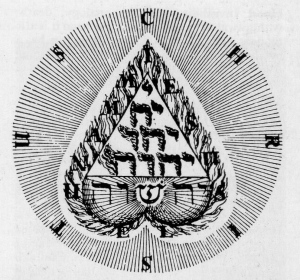
True or not, it’s actually very appropriate for Valentine.
As the saint of love, he’s a direct descendant and sanitised version of those Greek and Roman love gods Eros, Cupid, Priapus & Pan.
The saint was, reportedly, invented by the church who wanted to substitute saintliness and sermons about love, for the original licentiousness of the Roman festival of Lupercalia.
February was sacred to Juno Februata the goddess of feverish [febris] love.
In the febrile ides of February, young men of Rome chose partners for erotic games by drawing billets with the names of their potential lovers.
These were the first Valentine’s Day cards!
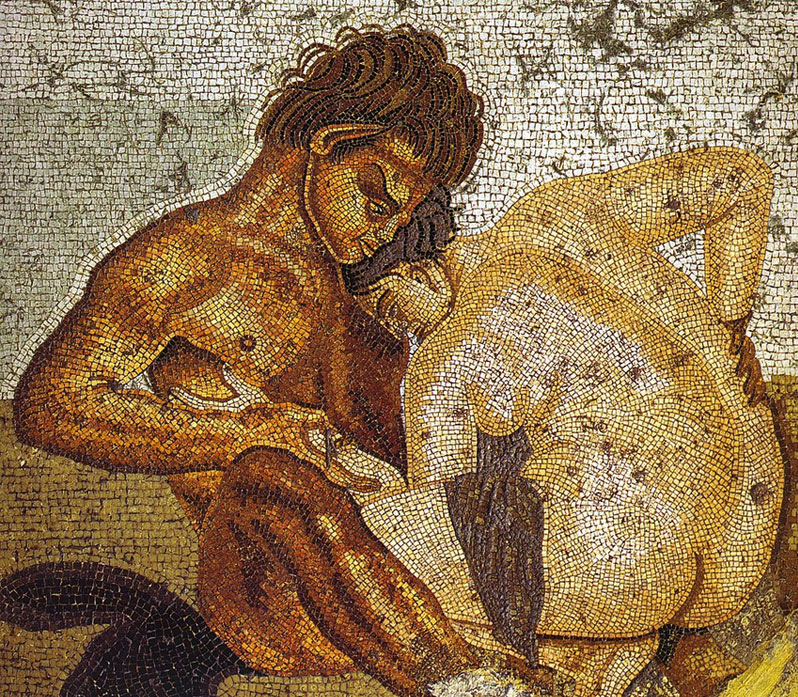
Lupercalia’s orgiastic festivities were ceremonial fertility rites – fertility, according to reports, being something of a long-term problem for the Romans.
Something to do with the lead in their water supply. (We on the other hand only have to deal with fluoride and chlorine…).
The truth is, like Christmas & Easter, this day is really a cover-up job.
But despite the fact he was dubbed a saint, we haven’t been fooled by the Church’s coyness.
Valentine’s day is a veneer of sweet romanticism over the instinct common to all animals: feeling horny about the approaching spring.
Except, of course, here in the Southern parts of the world we’re all back to front.
I mean, who’s actually getting excited about winter?
(Perhaps those who’ve been enjoying a 40˚+ summer… )
( Oh, and those of us who like furry coats. But that’s another story.)
Valentine’s day – celebrate or ignore it? What’s your take on all the fuss? And do you think the commercialisation of Valentine’s Day has sullied the reputation of the heart symbol??


